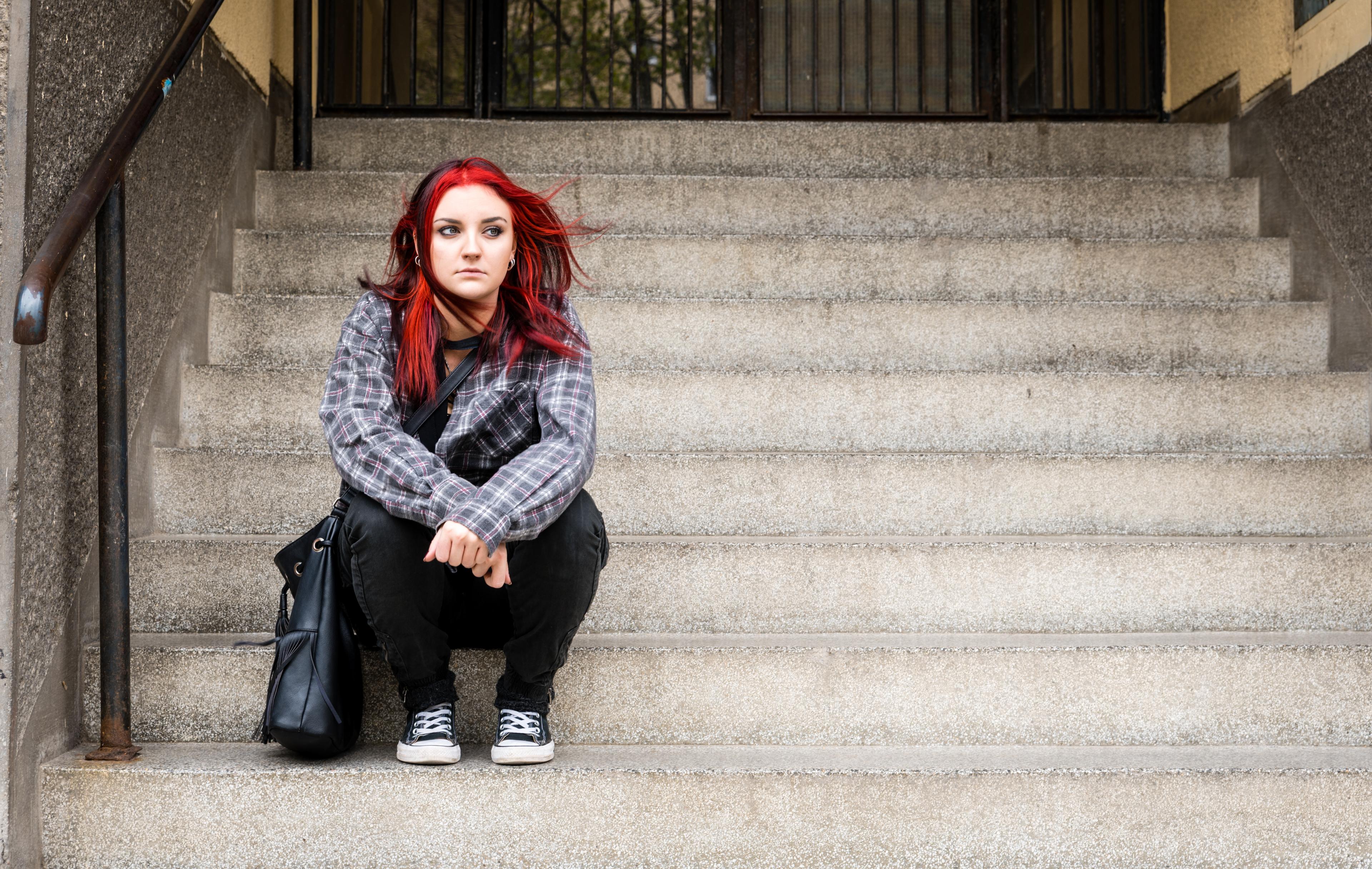The increase in student homelessness — and what schools can do

Student homelessness in America has grown throughout the pandemic, and there are many reasons why. By exploring the reasons behind this problem and thinking about ways to address it head-on, schools can help to enact meaningful change in these students’ lives.
1. The availability of shared living spaces shrank
Experiencing homelessness is not something students want to openly talk about, but many of them depend on homeless shelters to house themselves and their families. Families with children make up 30% of homeless shelter populations — a statistic that may take some people by surprise.
The number of available beds in long-term shelters has decreased due to the housing crisis caused by COVID-19. And this crisis isn’t likely to end anytime soon. Experts estimate that ongoing issues related to the pandemic will increase homeless populations by 49% through 2023, resulting in more unhoused people than during the 2008 Great Recession.
When it comes to helping students experiencing homelessness, schools can start by creating long-term community-based strategies. Efforts to address student needs related to homelessness should be sustainable in order to keep pace with increasing needs for help in the coming years.
2. Families lost their homes
There are numerous reasons why so many families have lost their homes since the onset of the pandemic. And these issues will likely remain relevant until the pandemic ends. A combination of job losses, illness, increased rent costs and deaths caused housing losses in the United States to double in 2020 alone compared to average pre-pandemic rates.

Much of what is happening to families in America is out of their control, and the impact on students is unavoidable. Young kids don’t have the ability to contribute financially to the family or help care for their loved ones. They also can’t control where they move if/when their family loses their home. When this happens, the result is often an unwanted relocation to a new area that is far away from a student’s school-of-origin, making transportation a major challenge.
3. People lost their jobs
No one has to look further than job reports when it comes to the increase in homelessness in America. In April 2020, the unemployment rate shattered records when it reached 14.7% across the country. At that time, women were an overwhelming part of that percentage. Of all working women in 2019, only 54.4% remained employed in April 2020.
Students who lived in single-parent households with their mothers experienced homelessness more than those in single-father homes. Even though unemployment had shrunk to 3.9% by December 2021, job losses could continue if future COVID-19 variants cause spikes in infections. If pandemic-related shutdowns continue to affect the workforce, many students could be without long-term stable housing for the foreseeable future.
4. Renters have struggled to keep up with payments
Many people who lost their jobs have struggled to pay rent — especially if they were the primary breadwinners in their families. Some states put rent payments on hold. And while this was helpful for renters, 7% of landlords missed their mortgages, which put them behind on their loans.
Rental freezes have since been lifted across the country, and landlords have increased their rent to make up for the backpay. This higher cost of living isn’t affordable for many who still haven’t found jobs and are relying on unemployment benefits. The result has been evictions, which force families to look elsewhere for stable housing.
Given that rent increased 16.4% through 2021, evictions are likely to continue. When it comes to the impacts of homelessness on students, statistics like these predict an ongoing struggle for affordable housing.
5. Students are losing parents and caregivers

Schools and teachers always want to do what they can to help students, but sometimes there may not be an answer or solution. When a student’s parent or caregiver passes from COVID-19, they may not have any relatives who can take them in. This may leave some children with no other option but to enter the foster care system or a homeless shelter.
How schools can help students experiencing homelessness
Education professionals who wonder how schools can help homeless students in America should first study what is causing the housing crisis in their community. Factors like rent increases, evictions, and COVID-related family illnesses and deaths are just a few things that students may currently be facing.
Schools that consider long-term, community-based aid strategies can help meet immediate student needs while also preparing for potential future events like pandemics before they are upon us.
About the Author

Ginger Abbot is an education and lifestyle writer with a passion for learning. Read more of her work on Classrooms.com, where she serves as Editor when she’s not freelancing.


